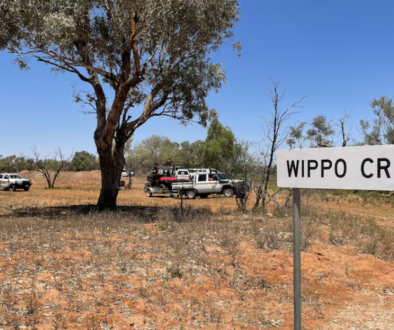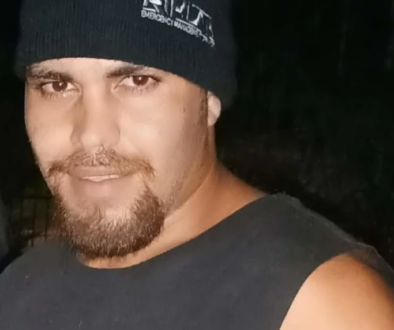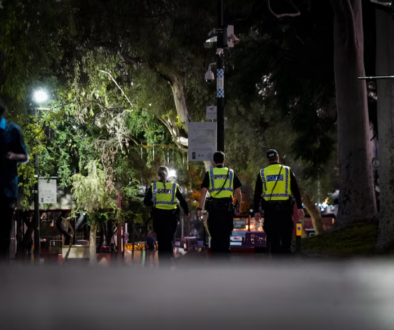Steven Nixon-McKellar inquest hears expert evidence from former special forces commando
Originally published on ABC Southern Queensland by Lara Cocks.
Key points:
- Police used a lateral vascular neck restraint while arresting Steven Nixon McKellar, 27, in Toowoomba, in 2021
- A special forces commando tells an inquest into Mr Nixon-McKellar’s death that he would have used the same technique
- A lawyer for Mr Nixon-McKellar’s family says police launched a “violent attack” on him
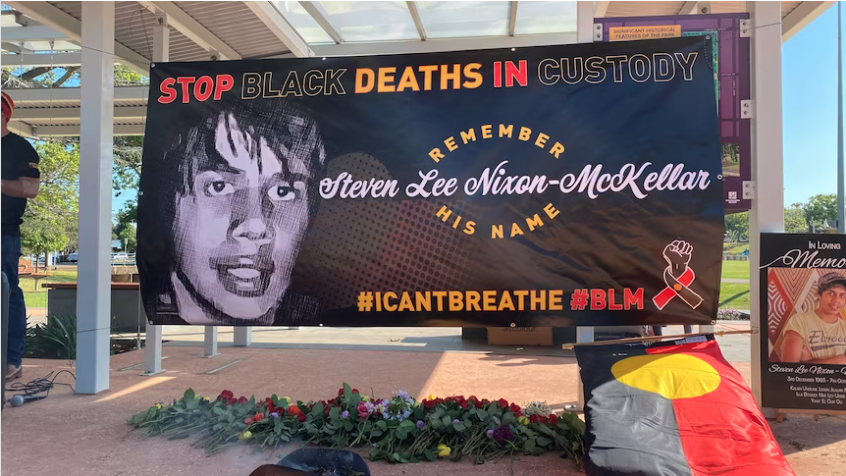
A former special forces commando has told a coronial inquest that he would have used the same neck restraint technique that police used on Steven Nixon-McKellar.
Mr Nixon-McKellar, 27, died of a cardiac arrest in October 2021 following an altercation with police outside a Toowoomba home, during which a lateral vascular neck restraint (LVNR) was applied to him.
Paul Cale gave evidence before State Coroner Terry Ryan on Tuesday in his capacity as an expert in operational and combat tactics and training, which he provides to the Australian Defence Force and police.
Appearing via videolink, Mr Cale told the inquest he had formed an opinion that the LVNR applied to Mr Nixon-McKellar by Senior Constable Tylarr Colman was correct.
“What I saw from footage was the LVNR was correctly used, the effect was quite rapid, and the police response was correct,” Mr Cale said.
On Monday, police body camera footage was shown of officers Constable Brandon Smart and Senior Constable Simon Giuliano engaged in a five to 10-minute struggle with Mr Nixon-McKellar and radioing for backup.
When Senior Constable Colman arrived to assist, he applied an LVNR.
During questioning on Tuesday from Stewart Levitt, the lawyer representing the Nixon-McKellar family, Mr Cale said that he would have also used the manoeuvre if he were in the same situation as Senior Constable Colman arriving on scene.
“I wouldn’t know if the person was armed or disarmed, or if there were other people around,” Mr Cale told the inquest.
“I would rely on the police at the scene to make the judgement as quickly as possible to use a legal technique.”
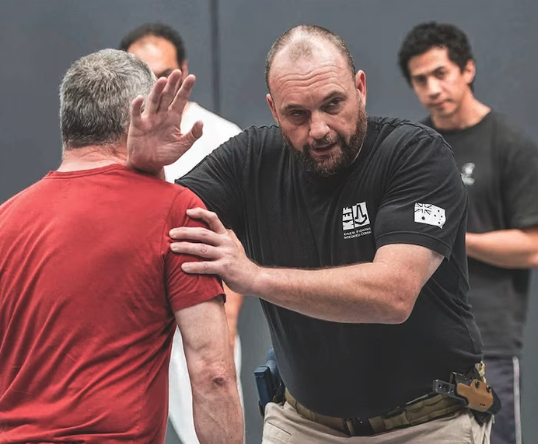
Neck restraint removed as ‘force option’ this year
Sergeant James Donnelly from the Queensland Police Service operational skills and tactics section gave evidence that he also agreed with the appropriateness of using the LVNR.
During the first two days of the inquest, multiple witnesses explained that the LVNR is a manoeuvre whereby pressure is applied to sides of the neck to reduce blood flow to the brain and may render a person unconscious.
The Queensland Police Service removed it from their use of force options in April 2023.
Sergeant Donnelly told the inquest on Tuesday that its use in the 2021 altercation was in line with QPS policies and procedures at the time.
“I think the use of force options they delivered were to the best of their ability … even during a high-risk incident,” Sergeant Donnelly said.
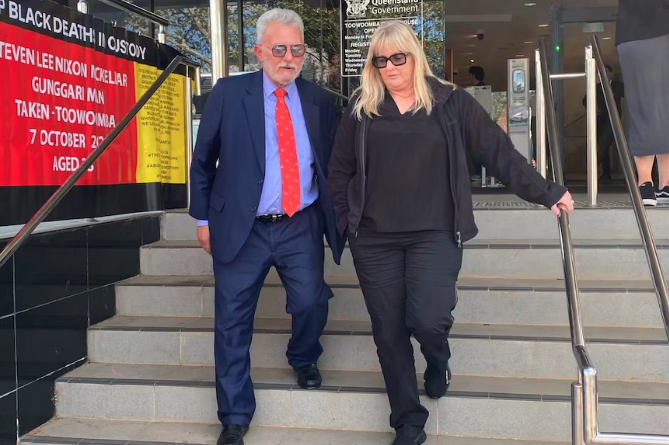
Mr Levitt disagreed with Sergeant Donnelly’s threat level assessment.
He suggested that officers should have engaged in “reasonable” enquiries before launching what he called a “violent attack” on Mr Nixon-McKellar.
“All there was, was fear and loathing, and the loathing was demonstrated in the language of Senior Constable Giuliano.”
‘Multifactorial death’
The inquest also heard from Dr Steven Rashford, the medical director of the Queensland Ambulance Service, who said that the LVNR was the “final trigger” for Mr Nixon-McKellar’s cardiac arrest.
Dr Rashford said that had the 27-year-old not had other health issues and received the LVNR, it is unlikely he would have died.
“When you put them all together you create a situation where a person is almost primed to have an adverse event,” he said.
The inquest continues.
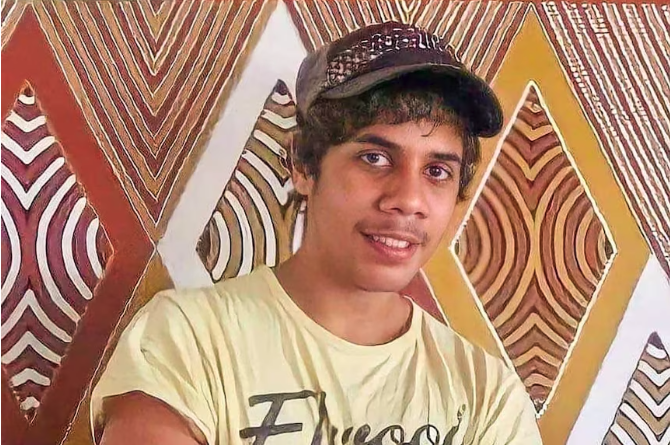
Contact us
Please provide a brief description of your claim.

